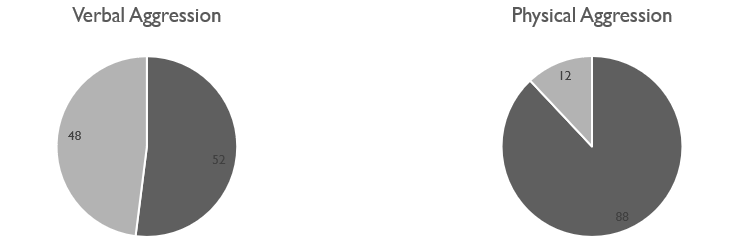A new name for 'pornography'
/Pornography comes from the Greek words pórnē (‘prostitute’), gráphein (‘to write or record’), and the suffix -ia (‘place of’), meaning ‘a written description or illustration of prostitutes or prostitution’.
Pornographie was in use in the French language in the 1800’s and the English language in the 1850’s.
Primarily, pornography was used to describe explicit writing, such as John Cleland’s book ‘Memoirs of a Woman of Pleasure’ in 1748, as well as paintings or pictures that exhibited nude women in sexually erotic situations, such as Édouard Manet's painting Olympia in 1865. In 1899 the first soft-core pornographic film Coucher de la Mariée by Eugéne Pirou was mass-distributed, followed in a few years by the first hard-core pornographic film, the difference being sexually erotic acts in hardcore pornography.
This definition would hold up for the next hundred years or so. As pornographic magazines began mass distribution in the 1950’s, followed soon thereafter with pornographic VHS movies in the 70’s, the appetite for more-and-different porn created an industry that was constantly trying to outdo itself.
To this point, sex was sold for consumption.
Then, the internet.
Pornography doesn’t work like drugs and alcohol, where the user needs more, but instead the user needs more-and-different in order to continue being aroused at the same rate and level. Quickly, internet users found the ability to consume all kinds of pornography, which created a demand for even-more and ever-different.
Violence was soon added to the mix, creating a product which could stimulate even the most bored users. A widely respected study in 2010 on mainstream pornography found that that physical aggression, which included spanking, open-hand slapping, and gagging, occurred in over 88% of scenes, while expressions of verbal aggression—calling the woman derogatory names—were found in 48% of the scenes. The researchers concluded that 90% of scenes contained at least one aggressive act if both physical and verbal aggression were combined. The targets of the violence were depicted responding either neutrally or positively.[1]
Pornography began to shift from consumption to participation. Rather than porn being a voyeuristic endeavor, where nudity and sex were consumed, the ability to participate in pornography created an industry that created an algorithm for an endless supply of pornography.
violence + fetishes + nudity + paraphilia
Then, the smartphone.
Not only was pornography now easily accessible, affordable and anonymous, but it was now anything the user wanted it to be. Porn became personalized, but simultaneously removed the person from the porn.
Currently, as tehcnology advances Virtual and Augmented Reality, and as ‘pornography’ continues to devolve into more extreme, violent, and debased forms, consumers find that they can now get ‘into’ the pornography. Sex no longer requires a person.
Porn consumers are now participants.
The word ‘pornography’ no longer describes the sexualized content that users can now engage in.
I propose we call it by a different name:
Deanthropornography
De- the prefix which indicates ‘removal of’
Anthropon - ἀνθρώπων, meaning ‘a human being’
Porno – from our current word used to describe sexually explicit images and writing
Graph – from γράφειν (gráphein) ‘to write or to record’, derived meaning of ‘illustration’
and the suffix -ία (-ia) meaning "state of", "property of", or "place of")
Deanthropornography = a written description or illustration of the removal of humanity from sexually explicit images or writings.
We must never tolerate dehumanization—the primary instrument of violence that has been used in every genocide recorded throughout history.”
Brene Brown, ‘Braving the Wilderness’
It’s important that we define this correctly. Just calling the current violent, vulgar, and debased sexually explicit content ‘porn’ cheapens the harm it causes. Deanthroporn seeks to dehumanize the people portrayed, creating objects rather than souls, which cauterizes empathy and kills our ability to connect.


